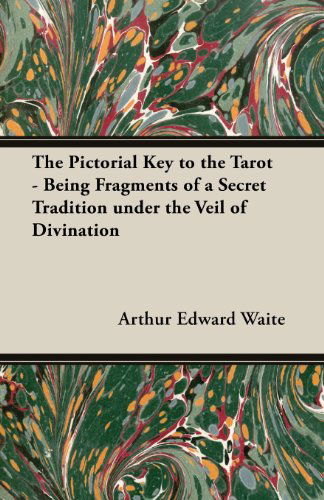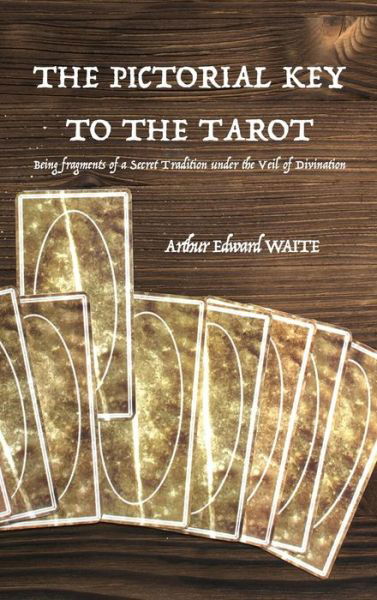
Tell your friends about this item:
The Pictorial Key to the Tarot
Arthur Edward Waite
The Pictorial Key to the Tarot
Arthur Edward Waite
It is regrettable in several respects that I must confess to certain reservations, but there is a question of honour at issue. Furthermore, between the follies on the one side of those who know nothing of the tradition, yet are in their own opinion the exponents of something called occult science and philosophy, and on the other side between the make believe of a few writers who have received part of the tradition and think that it constitutes a legal title to scatter dust in the eyes of the world without, I feel that the time has come to say what it is possible to say, so that the effect of current charlatanism and unintelligence may be reduced to a minimum. We shall see in due course that the history of Tarot cards is largely of a negative kind, and that, when the issues are cleared by the dissipation of reveries and gratuitous speculations expressed in the terms of certitude, there is in fact no history prior to the fourteenth century. The deception and self-deception regarding their origin in Egypt, India or China put a lying spirit into the mouths of the first expositors, and the later occult writers have done little more than reproduce the first false testimony in the good faith of an intelligence unawakened to the issues of research. As it so happens, all expositions have worked within a very narrow range, and owe, comparatively speaking, little to the inventive faculty. One brilliant opportunity has at least been missed, for it has not so far occurred to any one that the Tarot might perhaps have done duty and even originated as a secret symbolical language of the Albigensian sects. I commend this suggestion to the lineal descendants in the spirit of Gabriele Rossetti and Eugene Aroux, to Mr. Harold Bayley as another New Light on the Renaissance, and as a taper at least in the darkness which, with great respect, might be serviceable to the zealous and all-searching mind of Mrs. Cooper-Oakley. Think only what the supposed testimony of watermarks on paper might gain from the Tarot card of the Pope or Hierophant, in connexion with the notion of a secret Albigensian patriarch, of which Mr. Bayley has found in these same watermarks so much material to his purpose. Think only for a moment about the card of the High Priestess as representing the Albigensian church itself; and think of the Tower struck by Lightning as typifying the desired destruction of Papal Rome, the city on the seven hills, with the pontiff and his temporal power cast down from the spiritual edifice when it is riven by the wrath of God. The possibilities are so numerous and persuasive that they almost deceive in their expression one of the elect who has invented them. But there is more even than this, though I scarcely dare to cite it. When the time came for the Tarot cards to be the subject of their first formal explanation, the archaeologist Court de Gebelin reproduced some of their most important emblems, and if I may so term it the codex which he used has served by means of his engraved plates-as a basis of reference for many sets that have been issued subsequently. The figures are very primitive and differ as such from the cards of Etteilla, the Marseilles Tarot, and others still current in France. I am not a good judge in such matters, but the fact that every one of the Trumps Major might have answered for watermark purposes is shewn by the cases which I have quoted and by one most remarkable example of the Ace of Cups.
| Media | Books Paperback Book (Book with soft cover and glued back) |
| Released | January 27, 2020 |
| ISBN13 | 9798604853825 |
| Publishers | Independently Published |
| Pages | 212 |
| Dimensions | 152 × 229 × 12 mm · 317 g |
| Language | English |
More by Arthur Edward Waite
Others have also bought
More from this series
See all of Arthur Edward Waite ( e.g. Paperback Book , Hardcover Book , Book , Flashcards and Cards )










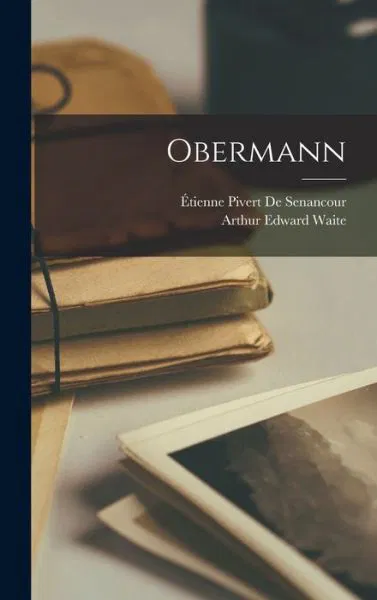



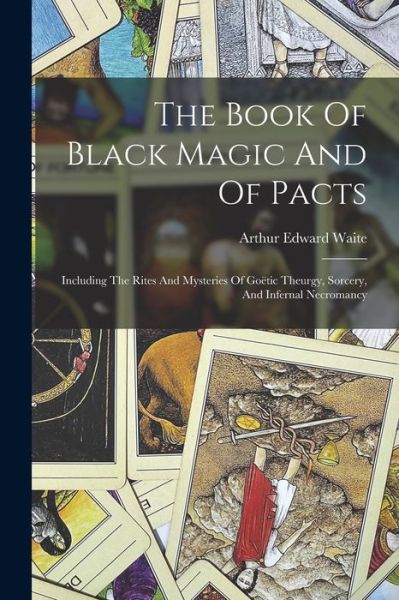




















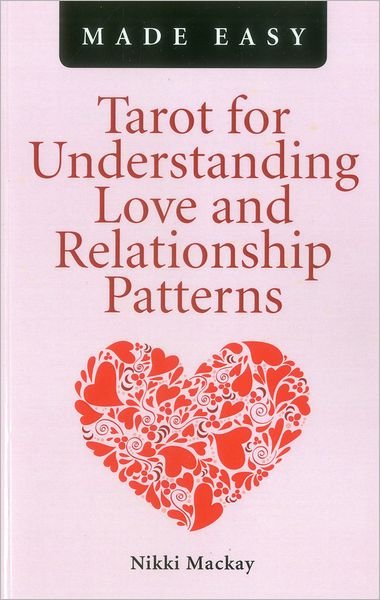


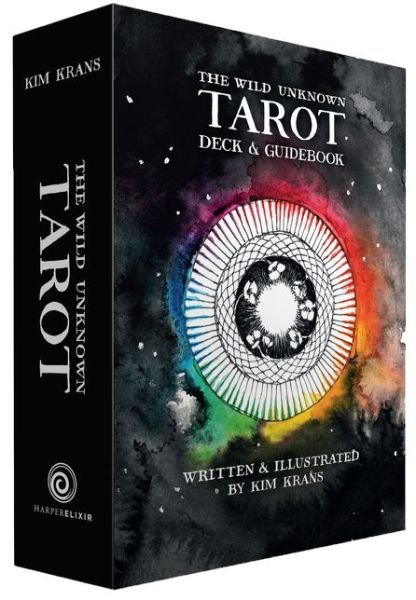



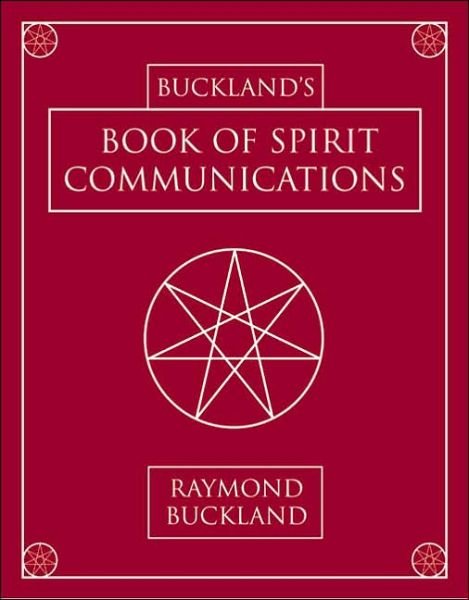

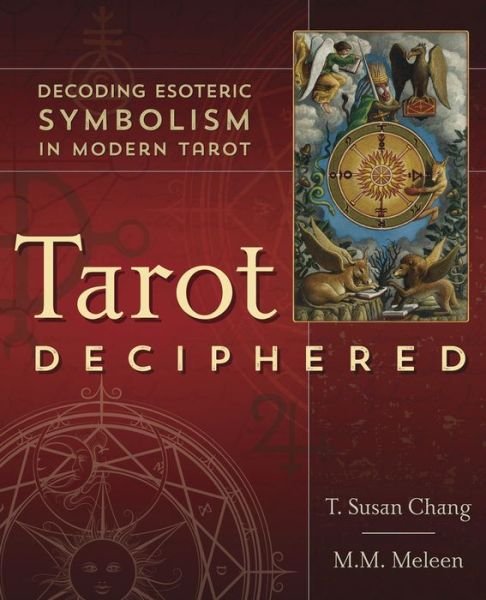

![Cover for Aleister Crowley · Small Crowley Premier Edition (Flashcards) [Premier edition] (2005)](https://imusic.b-cdn.net/images/item/original/100/9781572815100.jpg?aleister-crowley-2005-small-crowley-premier-edition-flashcards&class=scaled&v=1408121854)

